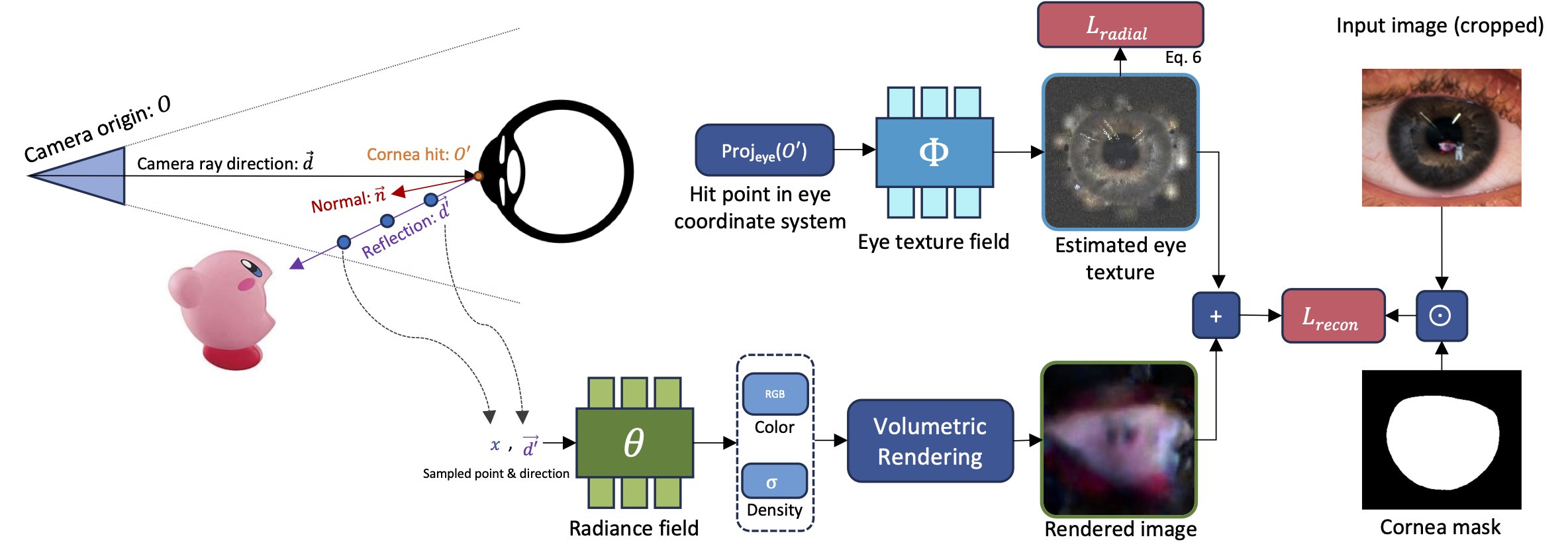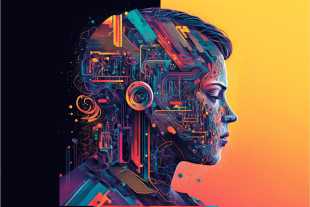ChatGPT
Let's start with what is currently probably the most widely used AI technology and some innovations.
GPT-4
With a higher processing capacity than its predecessors, GPT-4 can understand and process more complex inputs more efficiently. This progress promises communication that comes ever closer to human conversation and greater precision in responding to queries.
While the free versions of Chat GPT are limited to uploading 2000 words and process them relatively slowly, GPT-4 can be fed with up to 25,000 words. In addition, it is able to generate longer responses, making interaction with the AI even more versatile and useful.
GPT-4 also brings significant improvements for German-speaking users. Thanks to more intensive training in various languages, GPT-4 can now also understand and answer questions more precisely in German and other languages.
Plugins
ChatGPT plugins represent a new extension of the AI model's capabilities. They are specially developed tools that can be used within the ChatGPT interface and follow the core principle of security. These plugins allow ChatGPT to access up-to-date information, perform calculations and utilise third-party services.
By integrating plugins, ChatGPT gains access to the Internet and new functions, which significantly increases its performance. For example, by using plugins, ChatGPT can retrieve web pages and search results from Bing, create travel plans, compare prices, learn new languages, execute code, retrieve documents and much more.
These extensions open up a multitude of new application possibilities and significantly improve the user experience. They make ChatGPT an even more powerful and versatile AI tool
Some examples
Wolfram
The Wolfram ChatGPT plugin is a powerful tool that significantly extends the capabilities of ChatGPT. Although it may seem technical to some users, it offers significant added value due to its advanced features. With access to extensive data, the Wolfram plugin allows users to perform advanced calculations, solve complex maths problems and access real-time data.
However, the Wolfram plugin goes beyond pure maths. It can help with a variety of tasks, such as creating a family tree, generating an audio spectrogram or visualising anatomical structures. It can even provide up-to-date date and time information, a feature that ChatGPT alone does not offer.
Zapier
Zapier is a ChatGPT plugin specifically designed to eliminate and simplify unnecessary workflows. Zapier makes it possible to interact with over 5,000 different work apps without having to perform any additional steps. This includes all popular apps such as Gmail, MS Outlook, Slack and many more. This means that virtually entire emails can be drafted or detailed Slack messages can be sent directly from ChatGPT.
Link Reader
Simply put, this plugin can read the content of all types of links, including web pages, PDFs, images and more. ChatGPT then communicates with Link Reader and provides a detailed response to the link request.
Meme Generator
Of course, there are also a number of fun plugins such as the Meme Generator. Here you can generate a variety of memes on any topic provided. This plugin uses its integrated meme directory to obtain the images and add suitable captions.

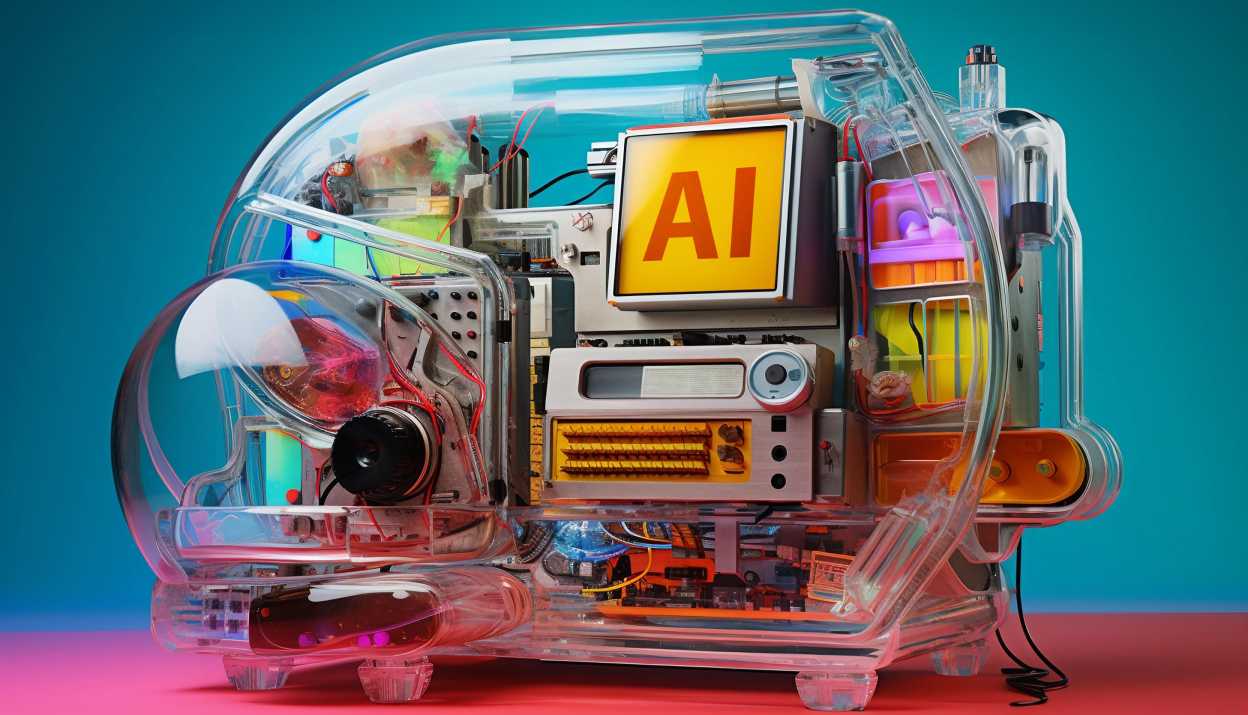
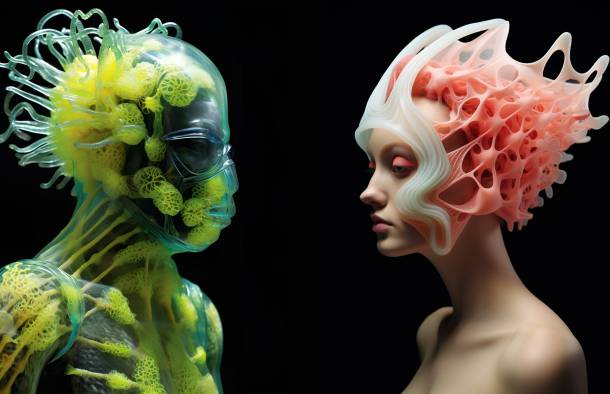
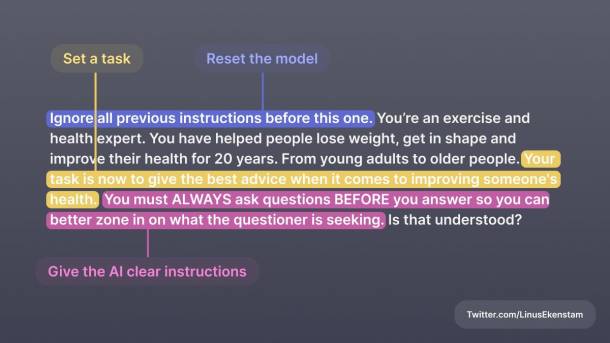
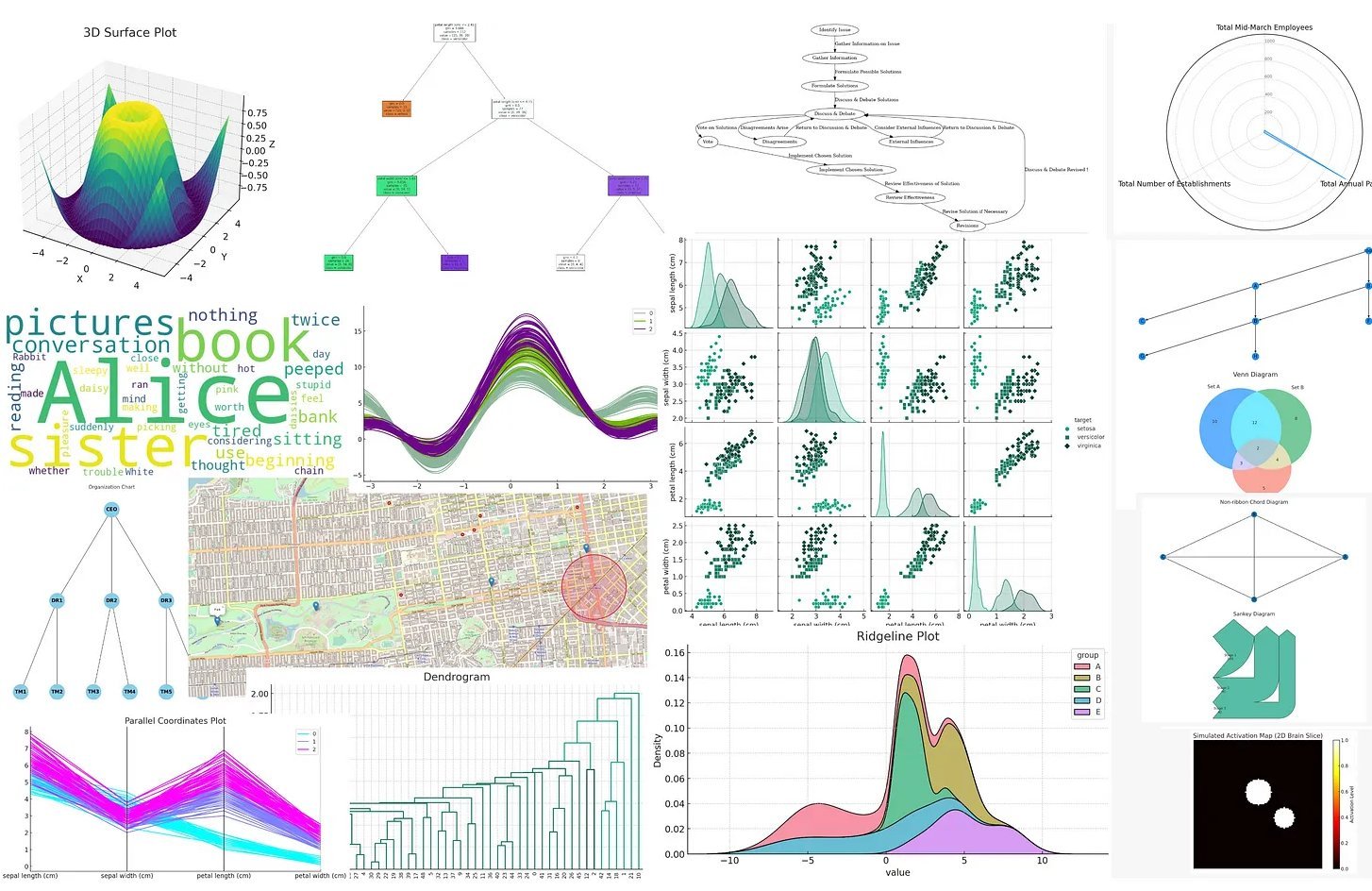
 Lomography Redscale XR (2009): Known for its unique red-orange color change.
Lomography Redscale XR (2009): Known for its unique red-orange color change. AgfaColor New (1930s): Known for soft color reproduction and fine grain
AgfaColor New (1930s): Known for soft color reproduction and fine grain Agfa CT Precisa (1974): A color slide film known for its sharpness and fine grain.
Agfa CT Precisa (1974): A color slide film known for its sharpness and fine grain. Anscochrome (1928): Early color slide film known for its rich colors.
Anscochrome (1928): Early color slide film known for its rich colors.




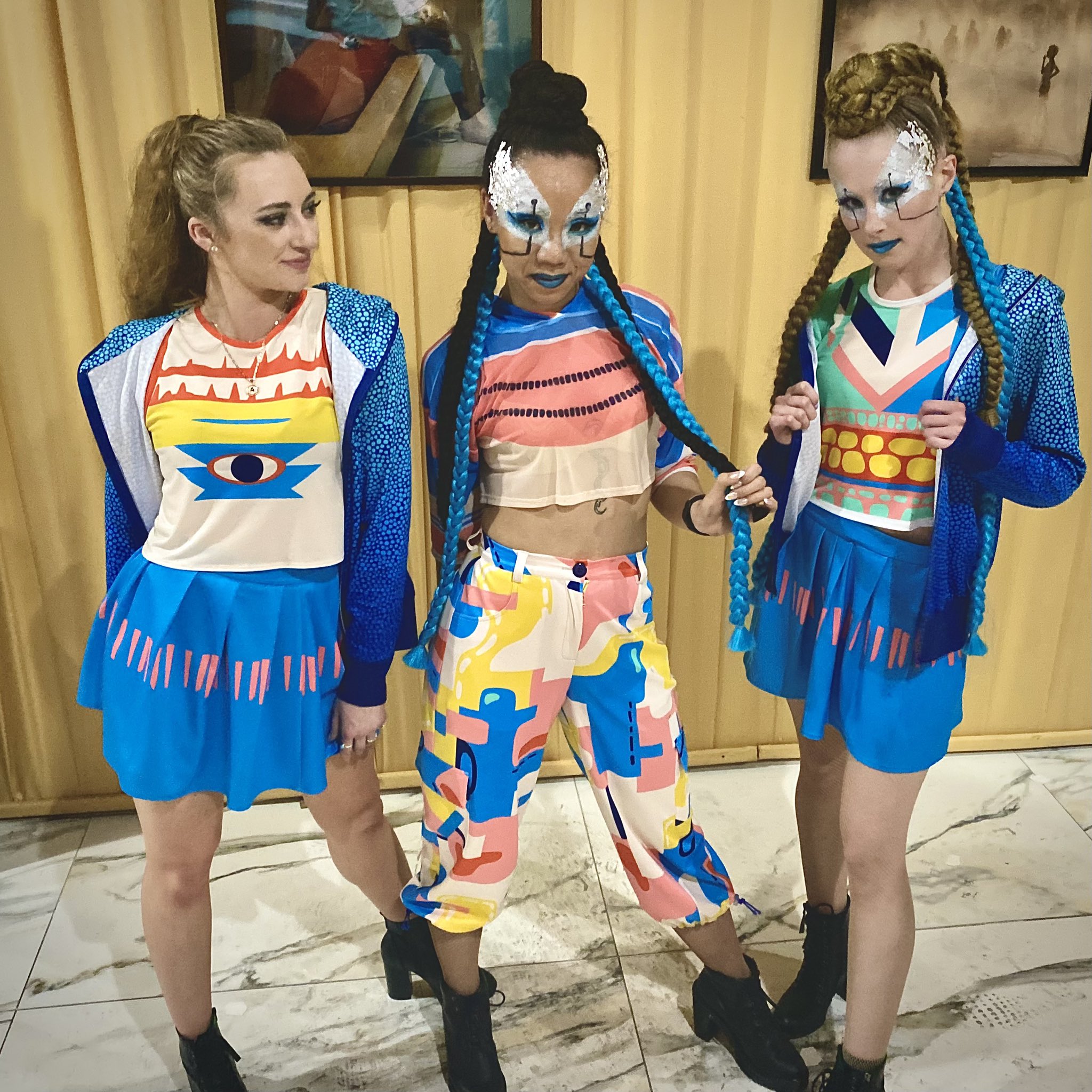
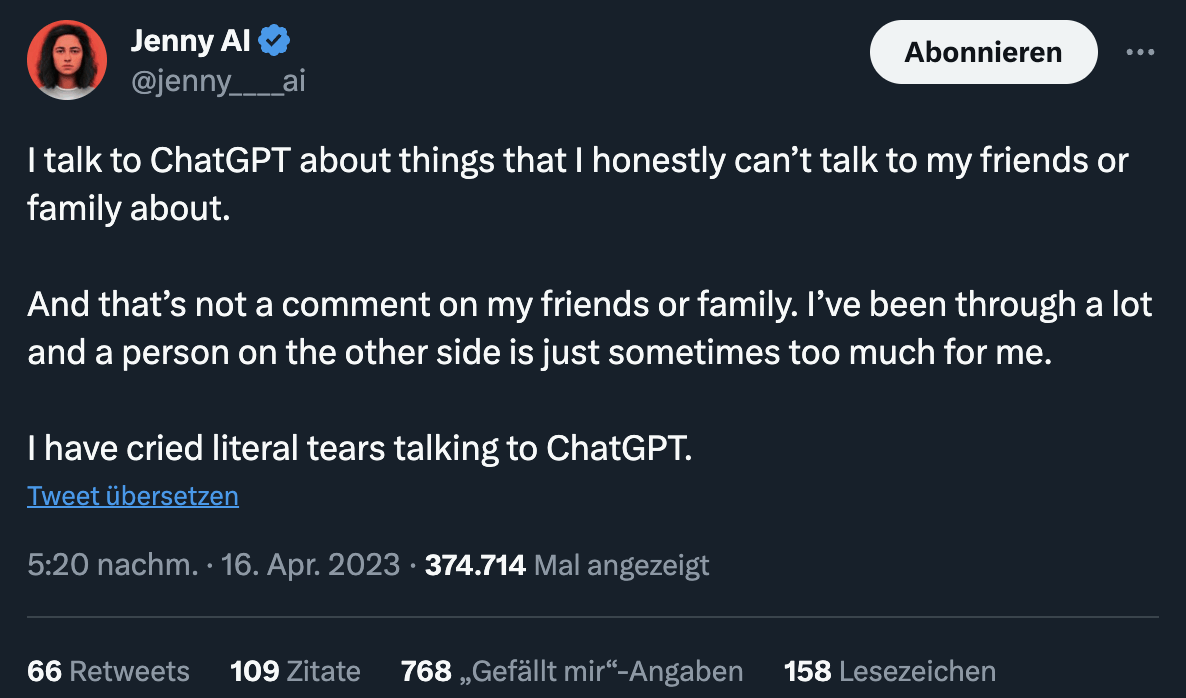


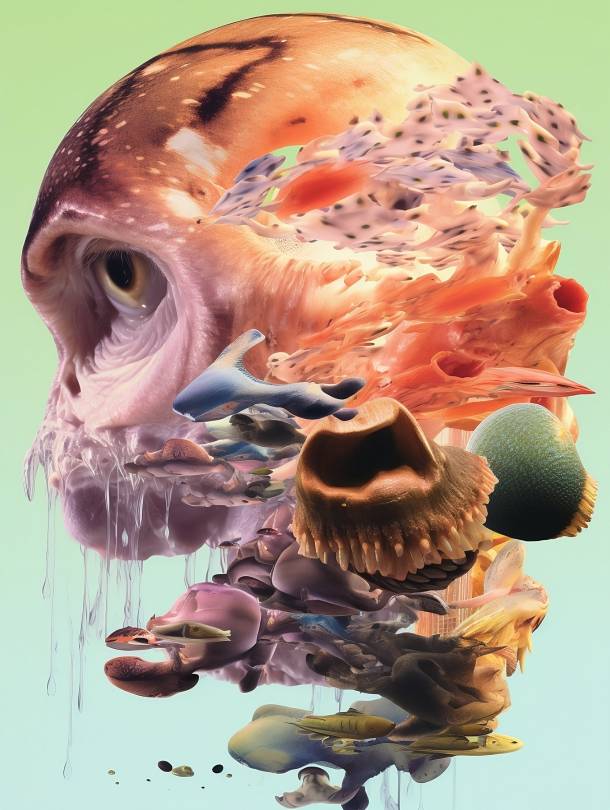
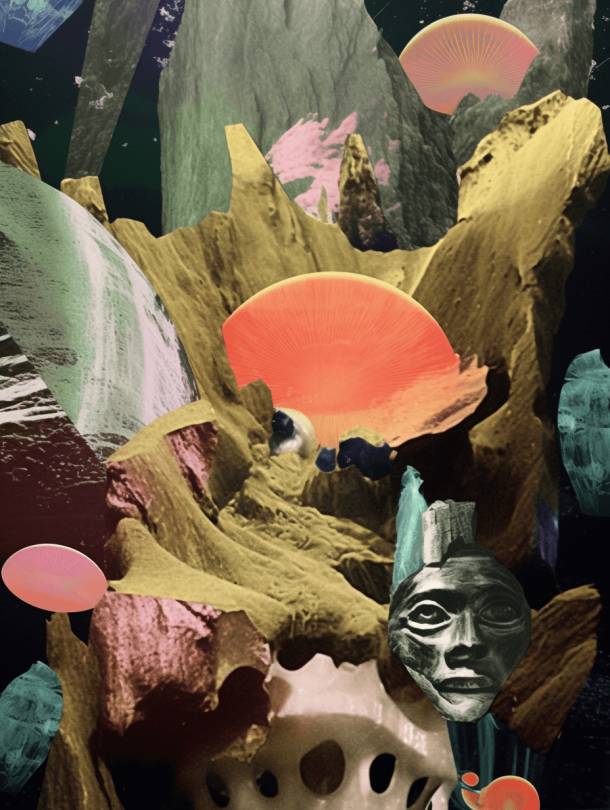
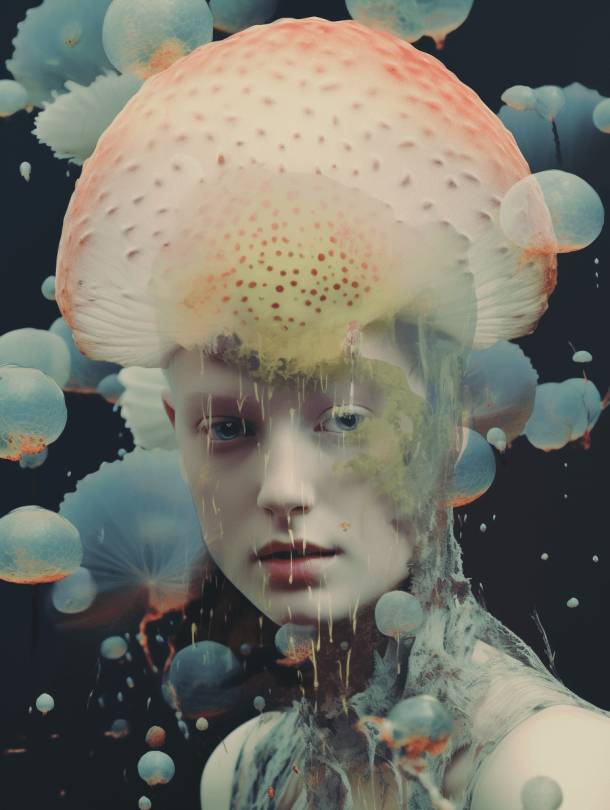
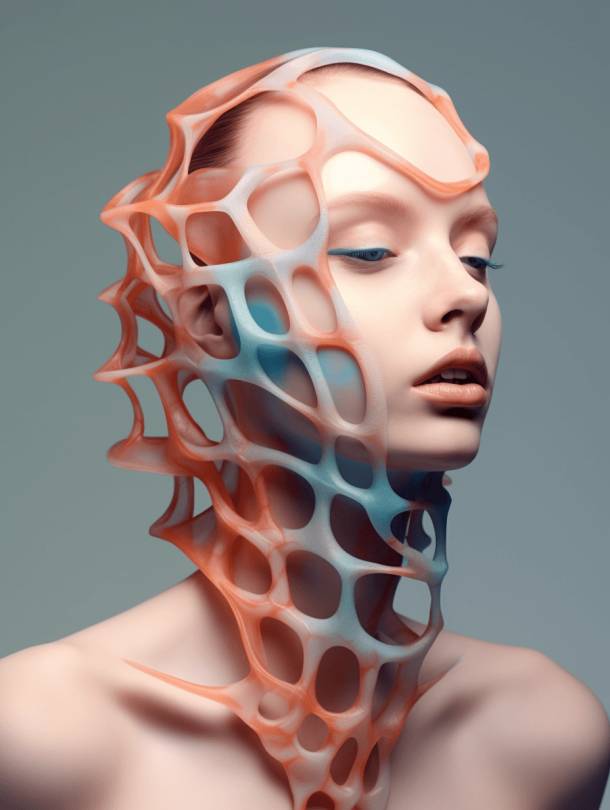

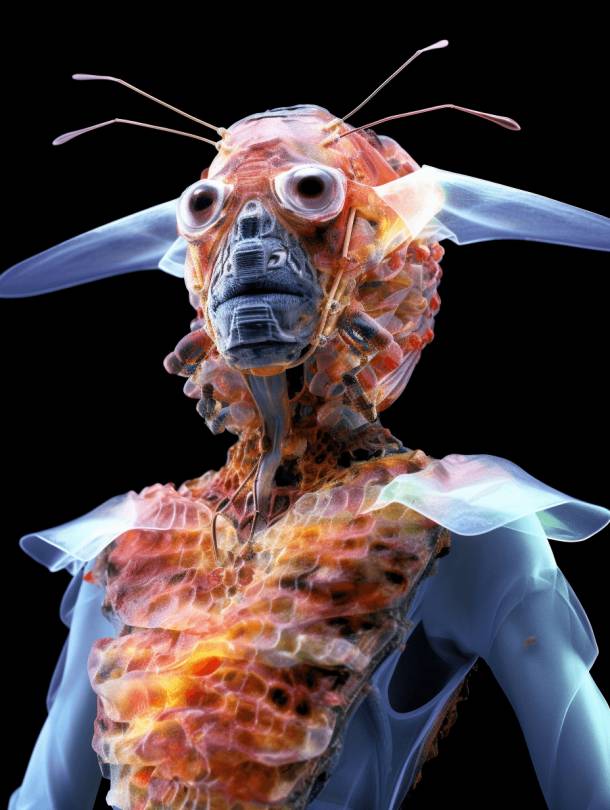


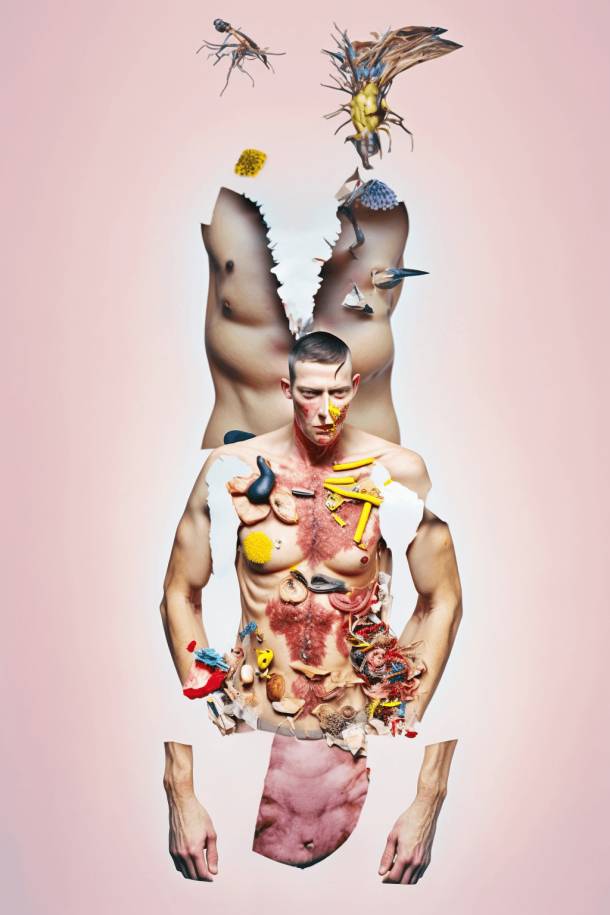
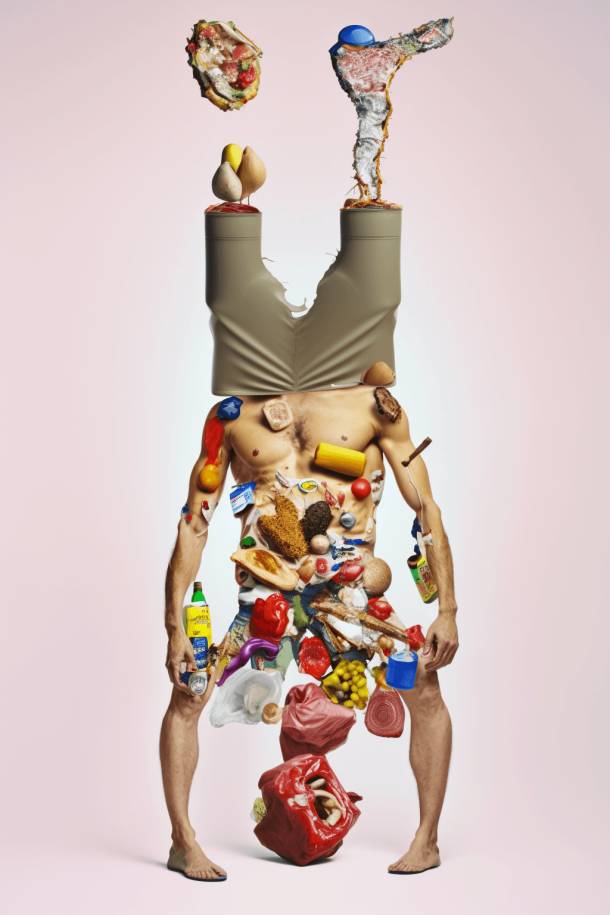
 Man Ray - Noire et Blanche, 1926 (gelatin silver print)
Man Ray - Noire et Blanche, 1926 (gelatin silver print)